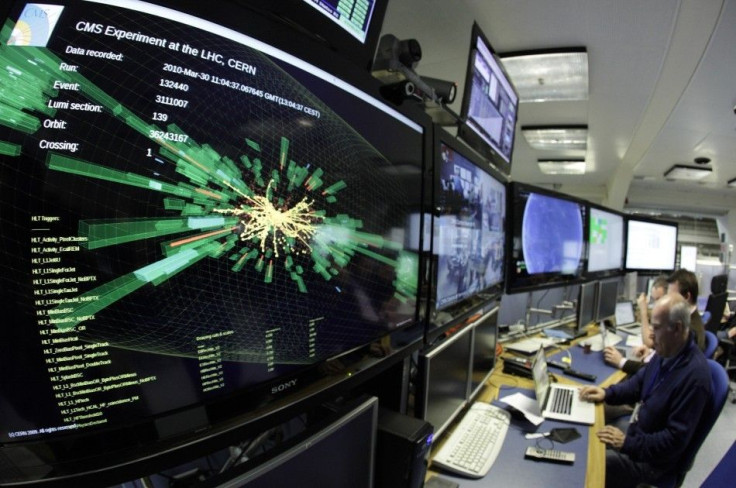Hunt for 'God Particle' Higgs Boson Comes Home Courtesy LHC@home

Now you can be a history maker, as CERN initiated a new volunteer project in its search for the elusive "God particle" - the Higgs boson, which allows commoners to run simulation of particle physics experiment.
The platform is called LHC@home which has been crafted to enable volunteers to "help physicists develop and exploit particle accelerators like CERN's Large Hadron Collider, by contributing spare processing capacity on their home computers. An extension of this platform, called LHC@home 2.0, enables volunteers to run simulations of particle collisions in the LHC's giant detectors, helping physicists compare theory with experiment in the search for new fundamental particles."
The search for the Higgs boson particle is theoretically explained as the particle which gives mass to other particles. The study has resulted in the erection of one of the largest and complex "atom smasher" in the world called the Large Hadron Collider (LHC).
European Organizations for Nuclear Research's (CERN) Large Hadron Collider (LHC) is housed in a 17 mile ring-shaped tunnel 100 meters (325 feet) beneath the French-Swiss border. It has been built at a cost of 6.2 billion pounds.
Earlier, the LHC was colliding particles at the rate of 10 million collisions per second but that capacity has been increased to 100 million collisions per second. However, LHC has been engineered to handle 600 million collisions per second.
At full power, trillions of protons will race around the LHC accelerator ring 11,245 times a second, traveling at 99.99 percent the speed of light. When these protons collide, they generate temperatures more than 100,000 times hotter than sun within a small space. Thus there is a cooling system around the LHC accelerator ring which keeps the machine at minus 456.34 degrees Fahrenheit.
The scale of this operation has resulted in the building of a huge network of computers called the "Grid" to handle 15 million gigabytes of data each year.
LHC@home will allow volunteers to run a simulation of the proton collision experiment on their laptops or desktops. The results thus gleaned from the simulation will be compared with the real data generated by the actual experiment taking place at the LHC.
The project leverages on cloud-computing fundamentals to add latent compute power and in the process gets volunteers to get involved in the project.
The volunteer program is different from the Grid computing as Grid computing is a service for sharing computer power and data storage capacity over the Internet, or in some cases with the help of dedicated optical fiber networks. The Grid brings together, the power of major computer centers like the one's housed in Universities while the volunteer program taps into the power of scattered individual PCs.
Volunteer computing allows people to donate the use of their PCs to science projects. In 2007, an estimated one million volunteers participated in various volunteer computing projects, providing 1.5 petaflops of computing power to scientists.
© Copyright IBTimes 2024. All rights reserved.





















